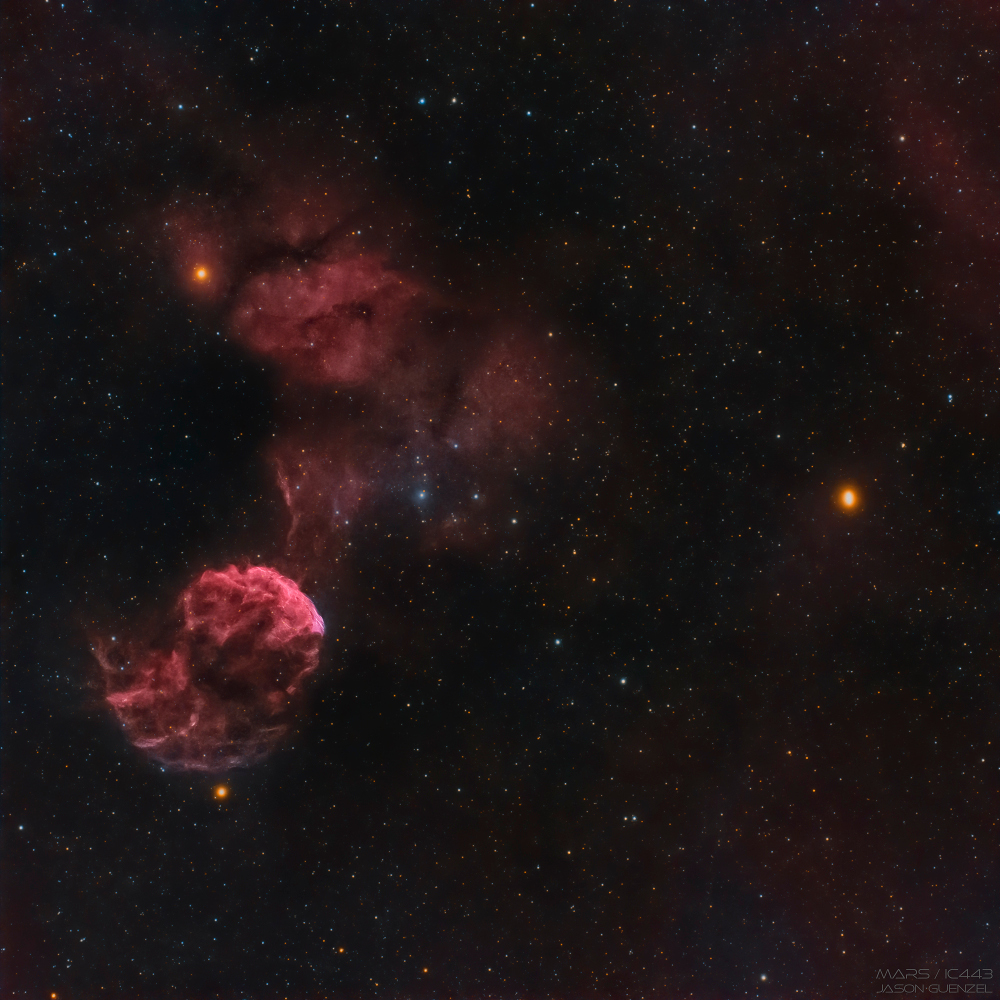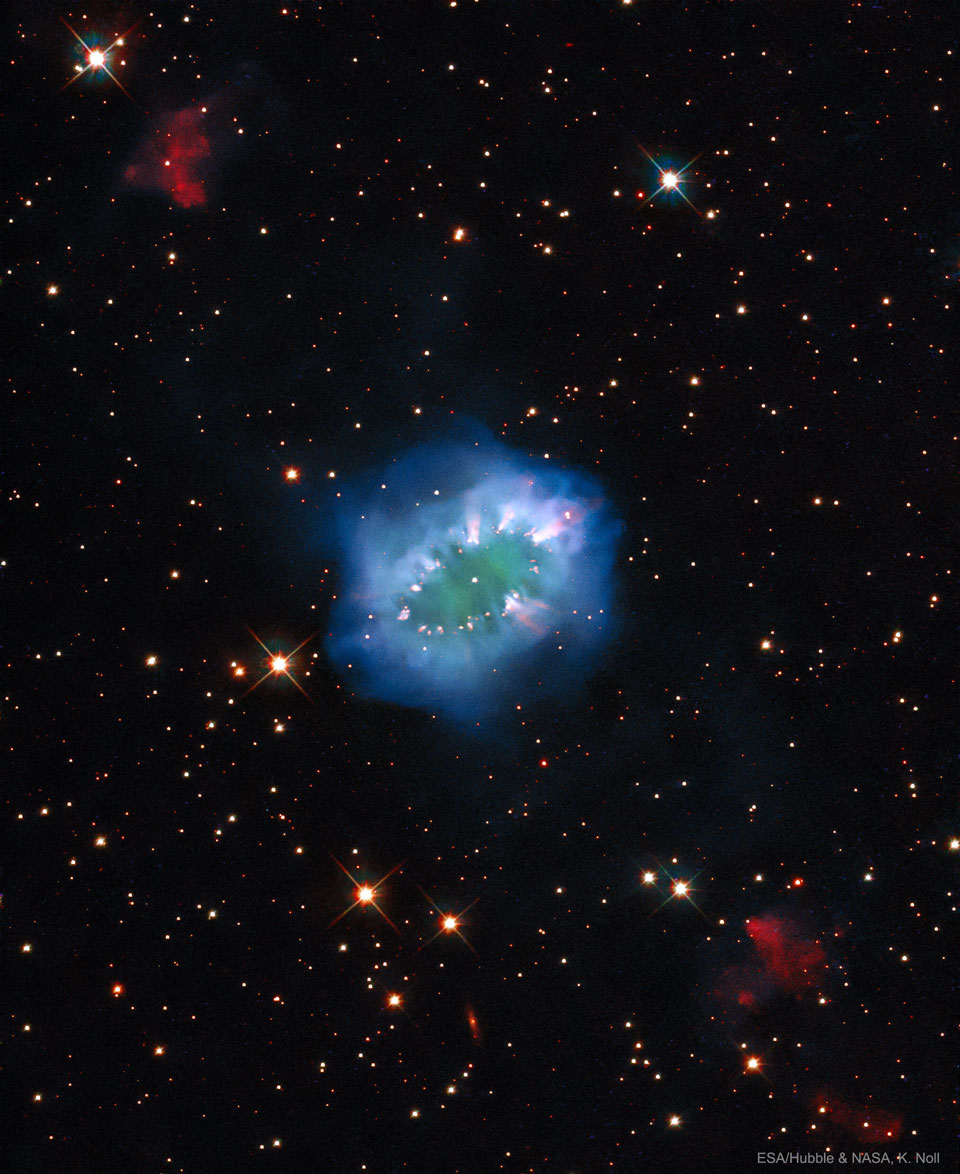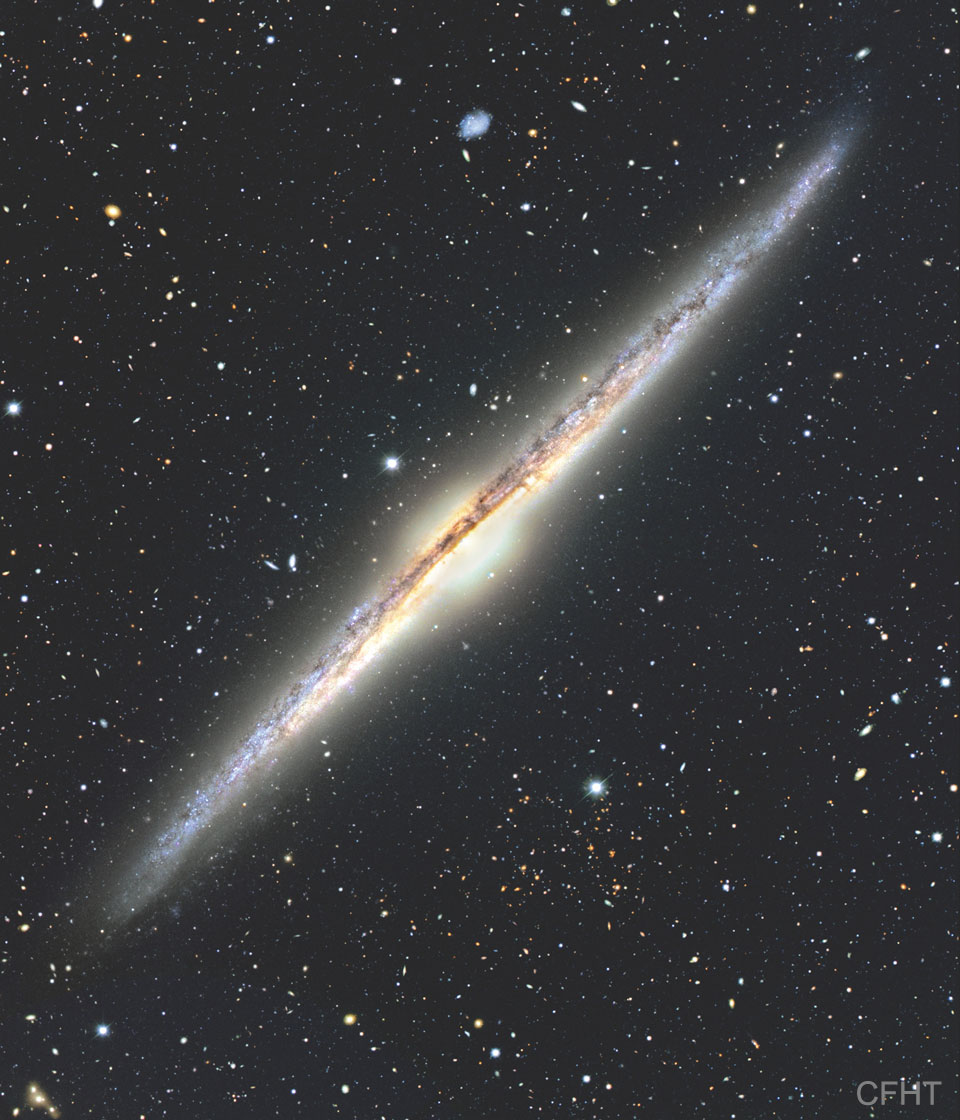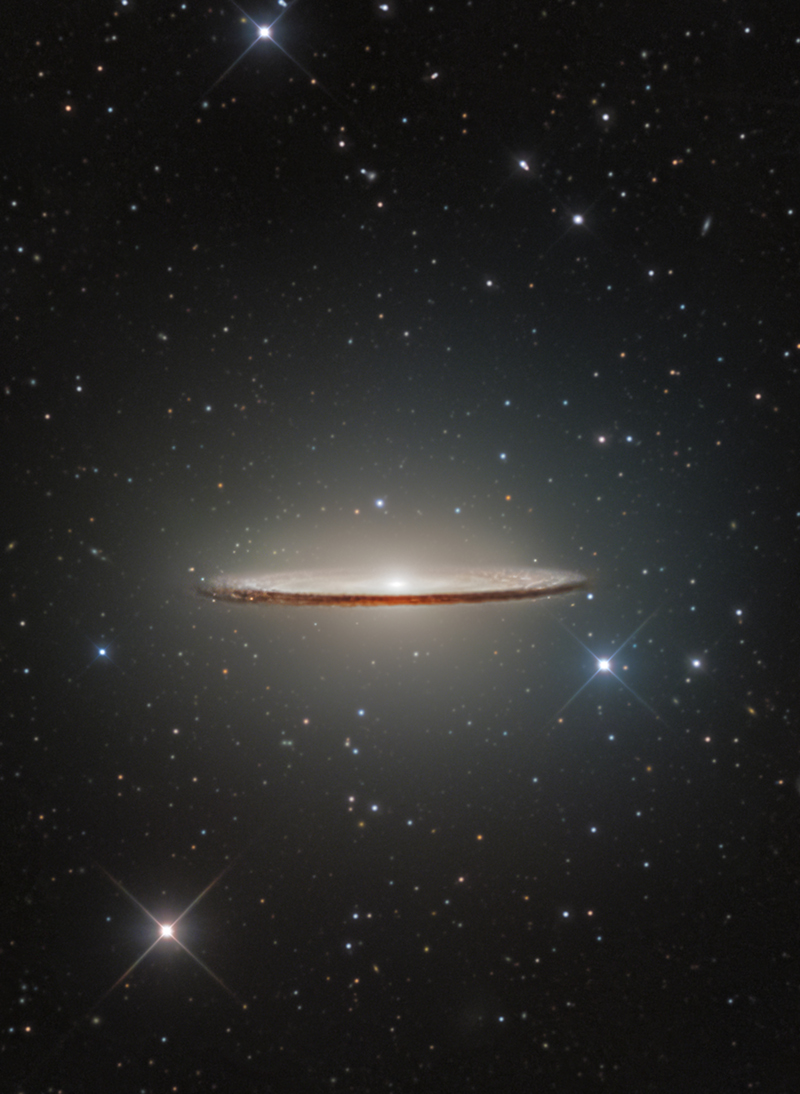Nombre total de pages vues
19/05/2021
I-PHONE ASTUCES - Selfie facile
ASTRONOMY - The Jellyfish and Mars
2021 May 19
Image Credit & Copyright: Jason Guenzel
Explanation: Normally faint and elusive, the Jellyfish Nebula is caught in this alluring scene. In the telescopic field of view two bright yellowish stars, Mu and Eta Geminorum, stand just below and above the Jellyfish Nebula at the left. Cool red giants, they lie at the foot of the celestial twin. The Jellyfish Nebula itself floats below and left of center, a bright arcing ridge of emission with dangling tentacles. In fact, the cosmic jellyfish is part of bubble-shaped supernova remnant IC 443, the expanding debris cloud from a massive star that exploded. Light from that explosion first reached planet Earth over 30,000 years ago. Like its cousin in astrophysical waters the Crab Nebula supernova remnant, the Jellyfish Nebula is known to harbor a neutron star, the remnant of the collapsed stellar core. Composed on April 30, this telescopic snapshot also captures Mars. Now wandering through early evening skies, the Red Planet also shines with a yellowish glow on the right hand side of the field of view. Of course, the Jellyfish Nebula is about 5,000 light-years away, while Mars is currently almost 18 light-minutes from Earth.
18/05/2021
ASTRONOMY - Jets from the Necklace Nebula
2021 May 18
Image Credit: ESA, Hubble, NASA; Processing: K. Noll
Explanation: What celestial body wears the Necklace Nebula? First, analyses indicate that the Necklace is a planetary nebula, a gas cloud emitted by a star toward the end of its life. Also, what appears to be diamonds in the Necklace are actually bright knots of glowing gas. In the center of the Necklace Nebula are likely two stars orbiting so close together that they share a common atmosphere and appear as one in the featured image by the Hubble Space Telescope. The red-glowing gas clouds on the upper left and lower right are the results of jets from the center. Exactly when and how the bright jets formed remains a topic of research. The Necklace Nebula is only about 5,000 years old, spans about 5 light years, and can best be found with a large telescope toward the direction of the constellation of the Arrow (Sagitta).
SANTE/MEDECINE - Covid-19 : la décrue de l'épidémie se poursuit en France
17/05/2021
ASTRONOMY - NGC 4565: Galaxy on Edge
2021 May 17
Image Credit & Copyright: CFHT, Coelum, MegaCam, J.-C. Cuillandre (CFHT) & G. A. Anselmi (Coelum)
Explanation: Is our Milky Way Galaxy this thin? Magnificent spiral galaxy NGC 4565 is viewed edge-on from planet Earth. Also known as the Needle Galaxy for its narrow profile, bright NGC 4565 is a stop on many telescopic tours of the northern sky, in the faint but well-groomed constellation Coma Berenices. This sharp, colorful image reveals the spiral galaxy's boxy, bulging central core cut by obscuring dust lanes that lace NGC 4565's thin galactic plane. An assortment of other background galaxies is included in the pretty field of view. Thought similar in shape to our own Milky Way Galaxy, NGC 4565 lies about 40 million light-years distant and spans some 100,000 light-years. Easily spotted with small telescopes, sky enthusiasts consider NGC 4565 to be a prominent celestial masterpiece Messier missed.
15/05/2021
ESPACE - Aterrisage en Mars - Succés de la Chine
14/05/2021
I-PHONE ASTUCES - Recharger l'iPhone 2 fois plus vite
ASTRONOMY - M104: The Sombrero Galaxy
Image Credit & Copyright: Bray Falls
Explanation: A gorgeous spiral galaxy, M104 is famous for its nearly edge-on profile featuring a broad ring of obscuring dust lanes. Seen in silhouette against an extensive central bulge of stars, the swath of cosmic dust lends a broad brimmed hat-like appearance to the galaxy suggesting a more popular moniker, the Sombrero Galaxy. This sharp optical view of the well-known galaxy made from ground-based image data was processed to preserve details often lost in overwhelming glare of M104's bright central bulge. Also known as NGC 4594, the Sombrero galaxy can be seen across the spectrum, and is host to a central supermassive black hole. About 50,000 light-years across and 28 million light-years away, M104 is one of the largest galaxies at the southern edge of the Virgo Galaxy Cluster. Still the colorful spiky foreground stars in this field of view lie well within our own Milky Way galaxy.
PRATIQUE/POURQUOI - Pourquoi l'oignon nous fait-il pleurer ?
LA TERRE VUE DU CIEL - New York vue de l'ISS
La ville de New York photographiée en 2010 depuis la Station spatiale internationale au cours de l'Expédition 24. © Fyodor Yurchikhin/R...

-
2022 September 26 All the Water on Planet Earth Illustration Credit: Jack Cook, Adam Nieman, Woods Hole Oceanographic Institution ; Data ...
-
2025 February 17 SpaceX Rocket Launch Plume over California Image Credit & Copyright: Martin LaMontagne Explanation: What's happe...








